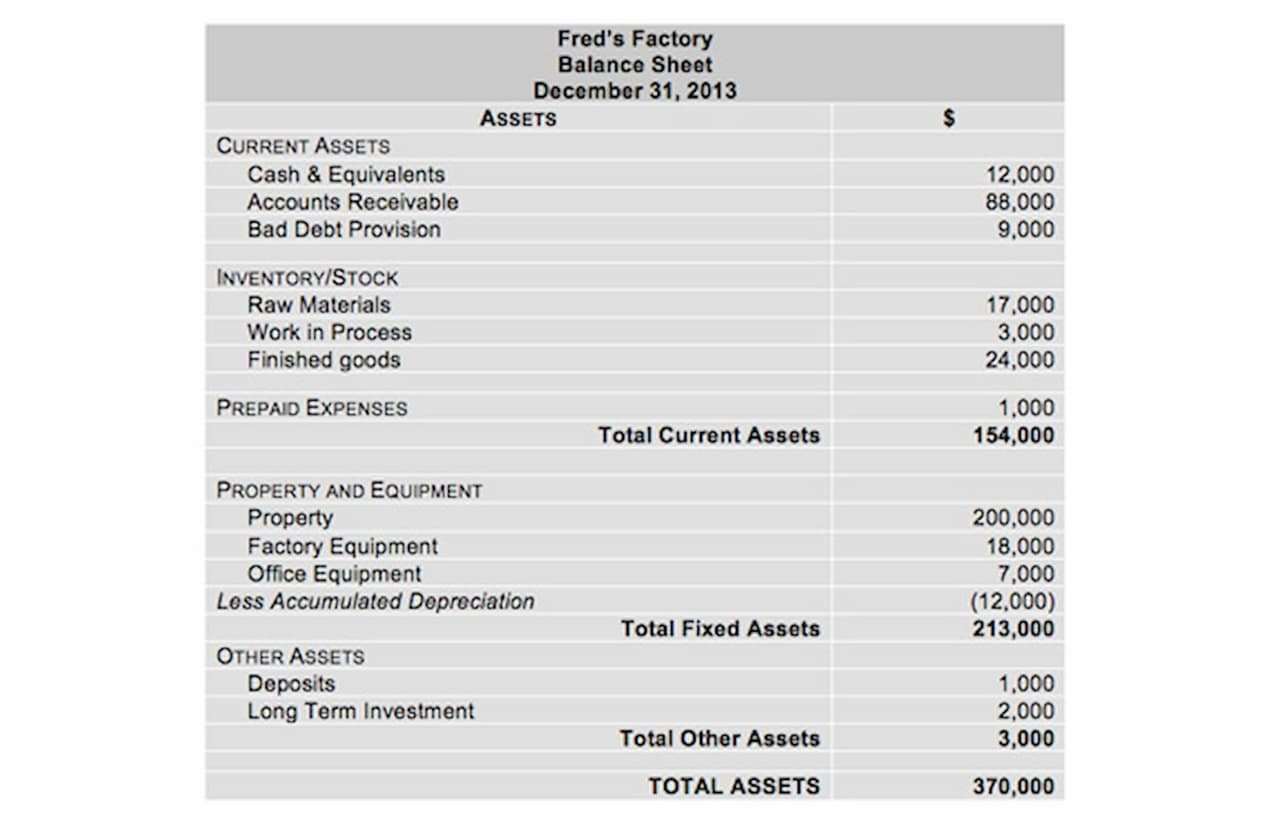
Even more stark, New Mexico prohibits retainage entirely for both private and public projects. But contractors in New Mexico should be aware that they still encounter retainage, albeit in a different Bookkeeping for Veterinarians form. In effect, this functions in the same way as traditional retainage, as money is being held back from those who have earned it. Because retention is often held for a long period of time, it can create cash flow problems for contractors. Contractors must weigh whether to use a mechanics lien to protect their payment rights. This gets sticky because it often takes longer to get paid retention than the lien deadline allows.
Retainage terms and conditions in contracts
- Project owners use retainage to mitigate risk by setting aside a portion of payments (5-10%) should the contractor default or fail to meet contractual obligations.
- Since these funds aren’t due until the project is completed, they are recorded in a separate account on the general ledger.
- This knowledge equips you not only with a strategy to ensure a consistent cash flow and enhance record-keeping but also serves as a vital component for better project management.
- Because retention is often held for a long period of time, it can create cash flow problems for contractors.
- Mehdian recommends companies use software specifically designed to track retention.
- In this agreement, the surety guarantees to complete the project in place of a subcontractor should the subcontractor fail to meet contractual obligations.
- When the $90,000 is paid, it is posted with a debit to the bank or cash account and a credit to accounts receivable, clearing the account for that project.
Kelsie holds a Masters of Business Administration (MBA) and has close to a decade of experience in construction accounting and finance. Uptown Properties hires Smith Construction to build it a new corporate headquarters. In the construction contract, Uptown negotiates a deal under which it pays Smith $200,000 per month for ten months, with a 10% retainage. This means that Uptown actually pays Smith $180,000 in each month, which sums to a $200,000 retainage by the end of the contract period. Once the project is complete, Uptown presents Smith with a list of issues to be corrected. Once Smith completes the issues noted on the list, Uptown pays Smith the full amount of the $200,000 retainage.

Retainage as a Financial Incentive and Risk Control Tool

If, for example, 30% of work is completed, the developer or GC will only pay 25% of the price. This is done to “stay ahead” of the subcontractor, to further protect the owner or GC. You should check out the payment reputation and practices of your contractor to see whether anyone reports them engaging in this abusive practice. Proper recording and tracking starts with adding the right fields to your Chart of Accounts.
Learn How the State and Federal Laws Work and the Contractual Details of the Project You’re Working On
It’s common for retainage to get withheld from contractors on construction jobs all across the world. But, did you realize that it’s sometimes required to send specific notices and legal documents to maintain your rights to unearned revenue claim retainage? Otherwise, the general contractors, owners, developers, or lenders may just sit on the retainage and wait for subcontractors to take action.
- Fixed retainage uses a consistent fixed rate – generally between five and ten percent – that is held back from each payment.
- A delayed approval for a change order can impact a project’s timeline, required overtime and, ultimately, the budget.
- When you are ready to bill for retention, you can use the Account QuickReport for the Retainage Receivable account.
- This feature is particularly handy if you negotiate a reduction in retained funds toward the end of the project.
- As always, consult with a lawyer before signing contracts or enacting your lien rights.
The Role of Mechanics Liens and Reserve Accounts
This strategy eases financial strain, especially in lengthy projects, ensuring the availability of funds for operational needs. In construction accounting, you have your accounts receivable and accounts payable, which record cash flowing in and out of your business. While they might sound similar, these shouldn’t be confused with retainage receivable or retainage payable. If we follow generally accepted accounting principles (GAAP), once your retainage payables are invoiced, they’ll move to accounts or subcontract payables. Likewise, retainage receivables move to accounts receivable when billed. Under GAAP, your accounts receivable are debited for retainage, while accounts payable are credited an identical figure.
Retention can be withheld on residential or commercial projects and on both public and private projects. The project owner usually holds retention from the general contractor’s payments, and the GC in turn holds it on their subcontractors. Effective cash flow management with retainage accounting improves financial planning for construction projects. Retained funds create a financial buffer, helping manage over-budget scenarios or unforeseen expenses. By knowing that a percentage of payment is reserved, you can better allocate resources and maintain liquidity.

This means that companies could be reporting inaccurate information on their financial statements, which could lead to penalties and interest owed if they are subject to a tax audit. A retention bond retainage accounting is an agreement stating that in exchange for not withholding cash retention, a construction business will pay the premiums of a bond that takes the place of retainage funds. With retention bonds, the customer of the party who submits the bond is the beneficiary of the bond. This means that if there’s an issue with the work of the party who’s paying the bond premium, their customer can claim the bond to pay for it. A mechanics lien is the most powerful tool in a contractor’s collection toolkit, but it has an expiration date. Every state has a specific deadline by which contractors must file a lien claim for retainage, often based on the day it was due.





